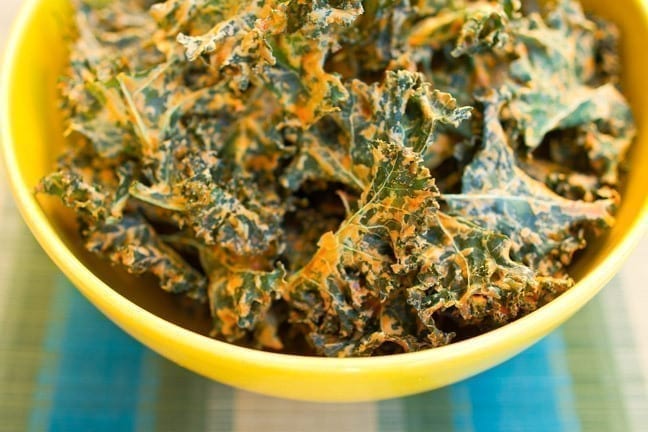 |
The Scientist: Kimberly Gomer, R.D., director of nutrition at Pritikin Longevity Center and Spa
The Answer: Kale is basically a nutritional star in the food world. It is a great source of dietary fiber and calcium, as well as vitamins A, C, K and B6. It also has protein, thiamin, riboflavin, folate, iron, magnesium and phosphorus. There’s a reason everyone and her mom are eating it these days.
Kale chips in general are just as beneficial as eating kale in a salad or anything else—and they can be a good starter for people who aren’t so keen on the green’s tough texture and occasional bitterness. And, contrary to rumor, cooking kale does not take away its nutritional benefits. When you bake kale to make chips, you lose water content, which is what makes it dry and crispy. All the nutrients stay in there, and the only downside (if you can even call it that) is that cooked kale, for its lack of water, will not fill you up as much as the raw product would.
The problem with many kale chips found in your local grocery or health food store, is that they add a lot of salt and fats, which makes them a more palatable snack for the kale-averse, but also turn something truly healthy into something that can contribute to weight gain and high blood pressure. In other words, it totally defeats the purpose. Some packaged chips have 10 grams of fat and over 200 milligrams of sodium per serving. If you make your own, you can cut the fat content by at least half—and you control the salt.
Here is Gomer’s totally easy, totally delicious, totally healthy kale chip recipe.
 |




































